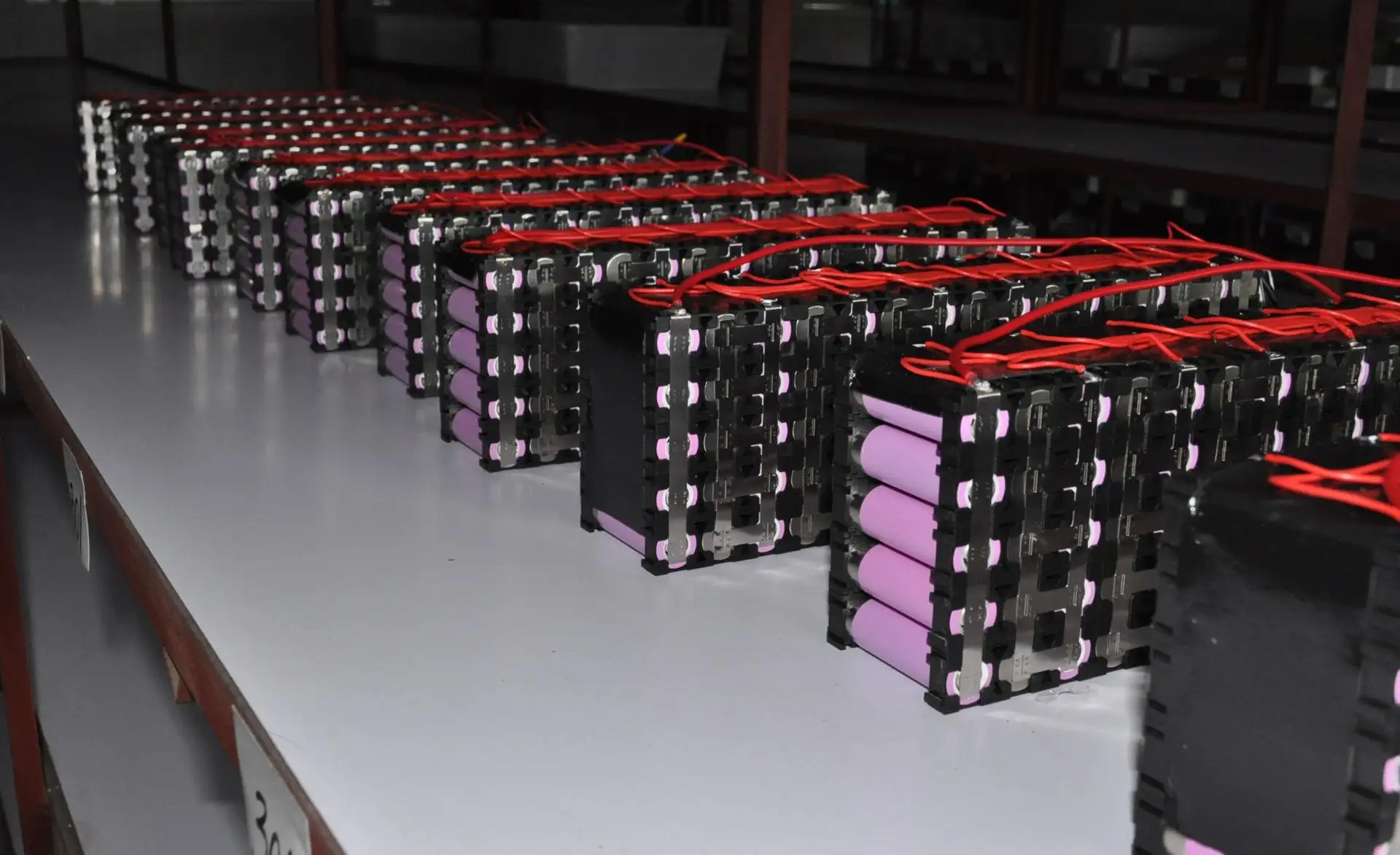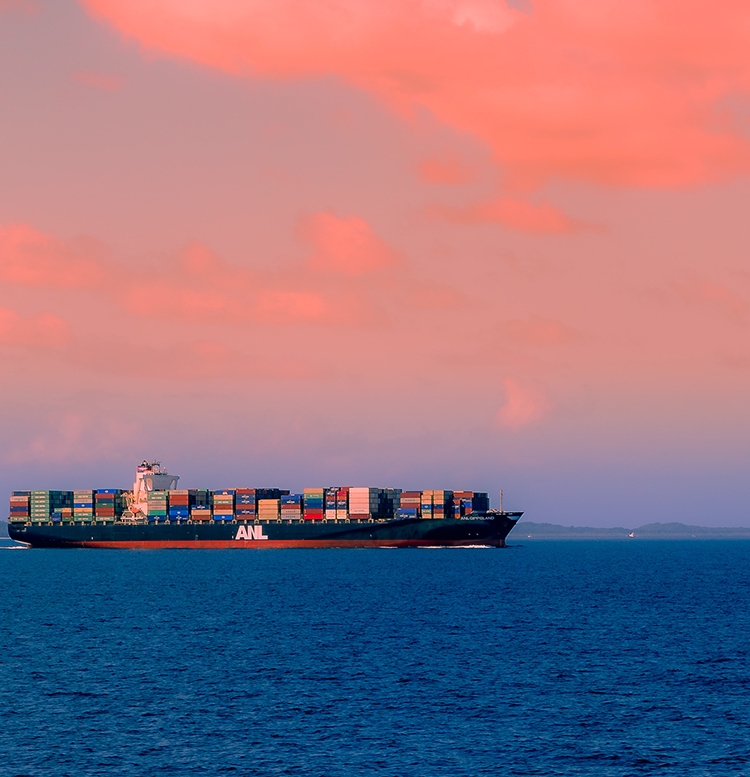Email format error
Email cannot be empty
Email already exists
6-20 characters(letters plus numbers only)
The password is inconsistent
Email format error
Email cannot be empty
Email does not exist
6-20 characters(letters plus numbers only)
The password is inconsistent

News

How to determine whether a battery product is a hazardous material?
As we all know, most battery products are identified as dangerous goods, and they need to go through dangerous goods channels during sea transportation, but some of them are identified as non-restricted goods and can be transported as ordinary goods, so when exporting such batteries, How to determine whether they belong to non-restricted goods?
Lead-acid battery standards:
Lead-acid batteries belong to the eighth category of dangerous goods, and the UN numbers are UN2794 (storage battery pack, wet, filled with acid) and UN2800 (storage battery pack, wet, sealed).
In actual transportation, lead-acid batteries need to pass the three tests of vibration, pressure difference and temperature of 55°C listed in TDG "Special Regulation 238", whether they are transported as ordinary goods or dangerous goods.
If the lead-acid battery has passed the three test tests of vibration, pressure difference and temperature of 55°C, it can be exempted from being transported as general cargo and is not restricted by TDG.
Lithium battery standard:
Lithium batteries belong to the ninth category of dangerous goods, and its products are also divided into two parts in the UN number:
UN3480: This category is battery products, such as lithium batteries, energy storage boxes, emergency power supplies, etc.
UN3481: Products with lithium batteries, such as Bluetooth speakers, smart robots, Bluetooth headsets, sweeping robots, hand-held vacuum cleaners, unicycles, electric balance cars, electric scooters, electric bicycles, vehicles and tools with lithium iron phosphate batteries, etc.
In the transportation of lithium batteries, there is a special regulation SP188. Lithium batteries that fall within the scope of SP188 have small capacity and relatively low risk. They are generally recognized as non-restricted goods and do not need to go through dangerous goods channels.
It specifies the following standards:
1. For lithium metal or lithium alloy batteries, the lithium content does not exceed 1g, and for lithium ion batteries, the rated electric energy does not exceed 20Wh;
2. For lithium metal or lithium alloy battery packs, the total lithium content does not exceed 2g, and for lithium ion battery packs, the rated electric energy does not exceed 100Wh;
Despite these regulations, in fact, the export of battery products involves multiple processes and departments, and each department has different regulations and standards. In the final determination of whether the battery products to be exported are non-restricted goods, the corresponding product report and documents in compliance with the transportation must be presented and sent to the shipping company for review and judgment.
We a professional Freight Forwarding and Logistics Company in China.We provide dangerous goods identification consulting services and Corresponding transportation solutions to customers.If you need Shipping Container to West Africa,contact us at any time.

